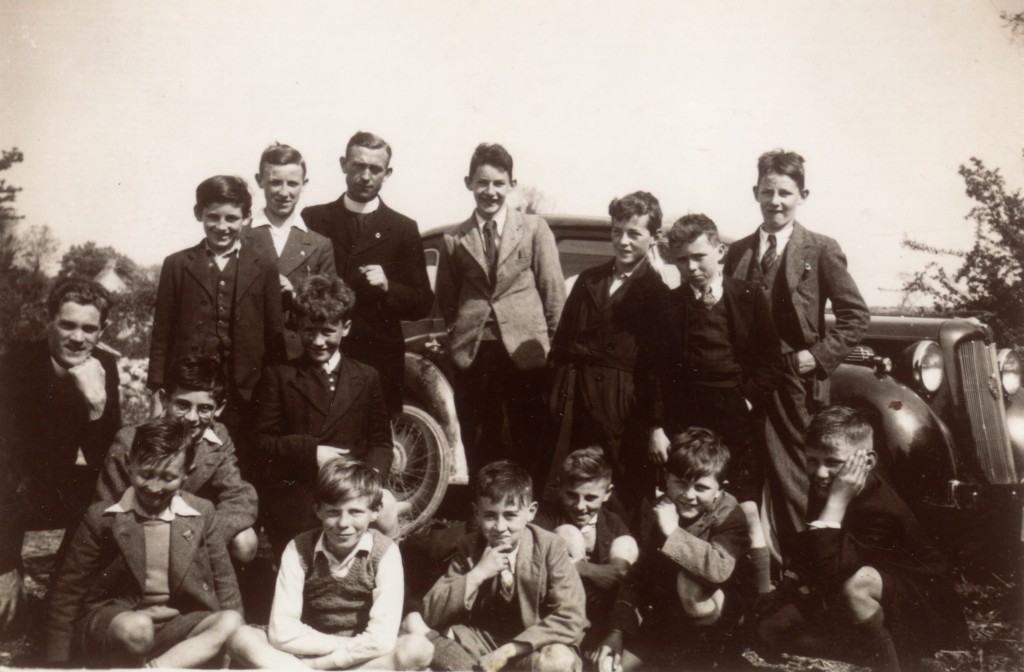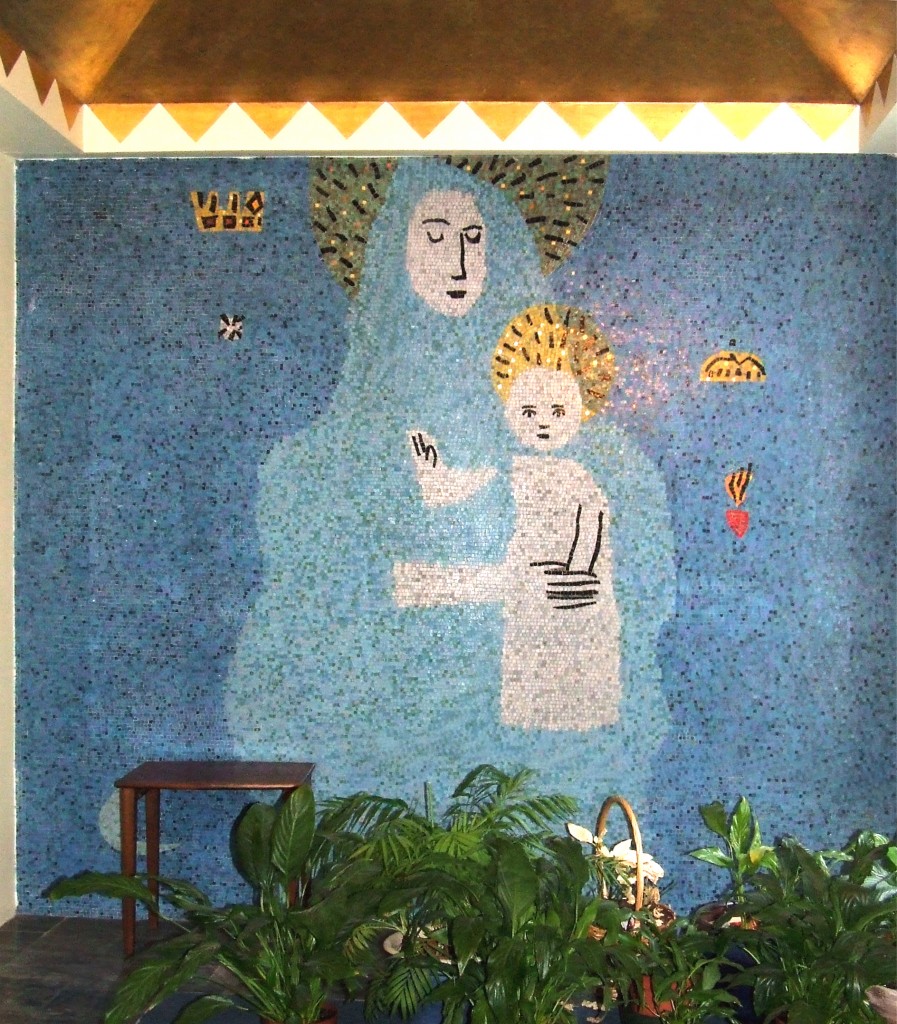THE JESUIT CHURCH (31 07 2014)

On this day, July 31st, 1863, “The new Church of St Ignatius on the Sea Road in the vicinity of the city was dedicated by the Most Rev. Dr. McEvilly, Lord Bishop of Galway. Sea Road is one of the most fashionable and frequented thoroughfares in the suburbs of our city. The Church, which was commenced in 1861 is now complete with the exception of the organ, altar and some minor internal decorations; and we have no doubt the zeal of the faithful will only require such a desirable opportunity of enabling the Jesuit Fathers, whose excellent judgement in these matters is fully acknowledged, to complete the required improvements, and that nothing shall be wanted which the good taste of the architect can suggests to make everything perfect. The Church is built of hammered limestone ashlar work in courses. The south gable, or principal front, the spire and the quoins, dressings etc, being finely punched and the depths of the jambs and arches of the principal doors and windows, which are richly moulded, adds greatly to its appearance. The Church, which is Gothic in style, is in the form of a Latin Cross, 115 feet in extreme length, 36 feet wide and 70 feet across the transepts, 56 to the ridge and 110 to the top of the spire”.
The above is an extract from a rather verbose article published in the Galway Vindicator of August 1st, 1863 describing the dedication of the Church at which “The lay congregation was large and respectable and were highly edified at the magnificent and imposing ceremonies at which so many of the dignitaries of the Catholic Church assisted”. The Church has been an integral part of Galway life since. It was built next to the school which had opened the previous year, in 1862. The school was almost exclusively staffed by Jesuit priests of whom there were quite a few, so there were always masses being said on the various altars in the Church. Generations of Jes schoolboys were trained as altar boys which may or may not have helped their Latin studies as they learned their “Ad Deum qui laetificat juventutem meam” off by heart. The servers were kept busy during school time and even busier during the summer with so many visiting priests.
Seán McNamara had served three masses one morning when a new priest walked into the sacristy and Seán was asked to serve him. To his great delight, he was given a two bob tip by Fr. Flanagan, the famous priest of Boystown.
Our first photograph was taken in 1940 and shows a group of mass servers. At the back are, from left to right, Fr. Mattie Meade S.J., Eddie McDonagh, Gerry O’Neill, Fr. Steve Curran S.J., Broddy Lyons, Senan Timoney, Jackie Philbin, Vinny Lyons. In front are Seán O’Farrell, Mattie Nestor, Kevin Madden, Joe O’Sullivan, Colm Powell, Willie Kilkelly, Bernie Cottingham and Michael O’Flaherty. Senan Timoney later joined the Jesuit Order.
Having so many priests, the Jesuits were able to organise many retreats and a number of different sodalities. Our second photograph, taken in the 1930’s, shows members of various sodalities and the Legion of Mary lined up on the pitch behind the school for Mass about to be celebrated in the handball alley. It looks as if a May altar has been set up to the right of the alley, and to the left, Fr. O’Farrell and his choir are ready in the little shelter. The lone man wearing the sash was Mr. Shields.
The unique ambience of the Jesuit Church is greatly enhanced by a beautiful mosaic which can be seen in a side altar which was commissioned in 1956. It is entitled “Our Lady of the Wayside” and was created and installed by the distinguished artist, Louis Le Brocquy. It is our third illustration today.
All of the above information and images are lifted from a recently published book entitled “The Jes, 150 years of the Jesuits in Galway, 1862-2012”. It is a book a bit like a family album, the album of an extended family brought together by the Jesuit Fathers, peopled by priests, lay staff and students, some famous, some infamous, over a period of 150 years. It is a collection of some history, a lot of reminiscences and memories and is lavishly illustrated. It is of special interest to those who went to the Jes, but also of general interest to anyone fascinated by the social history of Galway. It sells for 30 euro in the school and in good bookshops.
.png)


